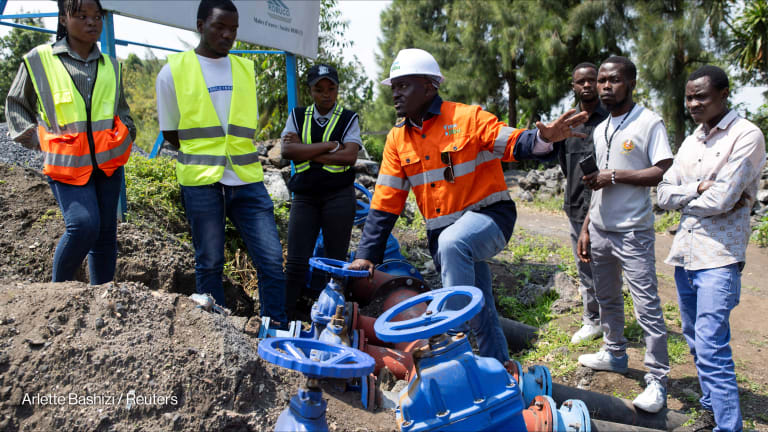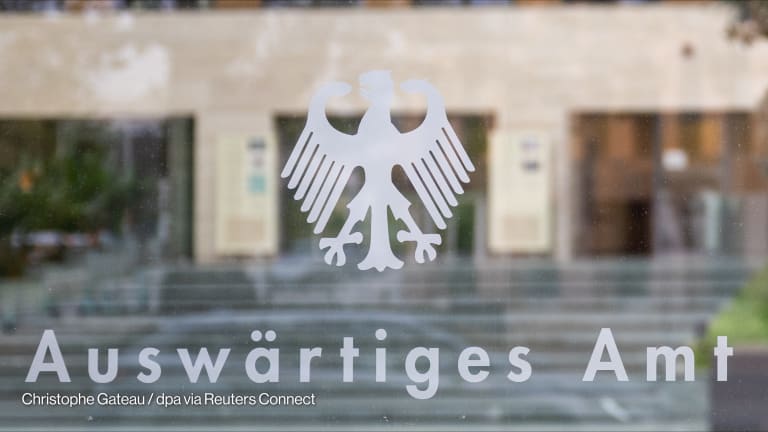
The face of global poverty and development cooperation is likely to shift significantly by 2025 — in a way that could leave donors like Japan and Germany irrelevant in favor of new institutions and actors, a new report says.
Horizon 2025, a report by the U.K.-based Overseas Development Institute, says the world’s poorest populations will be in fragile, low-income African countries in 13 years’ time. That’s opposed to current scenarios where poverty is said to be concentrated in middle-income countries.
The report further identifies three main rationales it says will guide future development cooperation: provide social welfare, promote mutual economic growth and ensure equitable provision of global public goods like climate finance.
ODI based these assessments on current growth projections from the International Monetary Fund. It stressed that the scenarios are not predictions, but rather frameworks designed to spur debate.
What exactly do these scenarios mean for today’s main development actors? The report notes a possible “creative destruction” where current actors will need to “adapt to new trends or wither away into irrelevance.”
Bilateral aid agencies with narrow portfolios in Africa, for instance, are likely to lose global relevance if they don’t’ shift their spending “quite radically,” the report says. To do this, donor governments might choose to channel more aid through multilateral actors — a move the report says is likely to meet opposition from the country’s citizens.
Among multilaterals, some U.N. agencies and the European Union are likely to have a comparative advantage in engaging with fragile states. Multilateral development banks, on the other hand, are expected to be as successful because of their trade records in such countries, the report explains.
Meanwhile, financing mechanisms such as the Global Fund to Fight AIDS, Tuberculosis and Malaria and international nongovernmental organizations are likely to remain relevant in the 2025 scenario, the report says.
The report also assesses the current business models and priorities of today’s leading donors using a traffic signal-based rating system.
Joining Japan and Germany in the red zone, which denotes a high risk of slipping out of relevance by 2025, are Spain, Italy, France, Greece, South Korea and the World Bank’s International Development Association.
Donors in the yellow zone — mild risk — are the European Union, Australia, Austria, Norway, the United Kingdom, Netherlands and New Zealand. In the green zone, or those with the least risk to become irrelevant, are Belgium, the IMF, Ireland, Global Environment Fund, United States, African Development Bank, Portugal, Denmark, Finland, Sweden, Global Fund, Canada and the GAVI Alliance.
Read more development aid news online, and subscribe to The Development Newswire to receive top international development headlines from the world’s leading donors, news sources and opinion leaders — emailed to you FREE every business day.








